The pleasure in owning a very warm, technical jacket is all the stuff you’ll never use – the excess capability. Will the waterproof zip ever really be tested over three days on a hillside in Snowdonia? No, neither will the wind-defeating Velcro cuffs, or the four-day sub-zero survival self-assembling hut hidden in the lining*. It’s about knowing it’s all there, ready, designed by mountaineers and tested to breaking point. The leaflets, the dangling labels crammed with infographics, the imagery on the website, you can’t believe you’re looking at, that contains even more background jacket information – all of it, thrilling.
*we wish this was really a thing
What you will do is watch sport – unmoving, holding a machine-generated tea or hot chocolate, two pints down, as the weather invents a special limited-edition snow/rain/sleet hybrid and fires it into your eye sockets for hours and hours. That’s when these madly over-worked, many pocketed protectors will be there for you. If they could talk, they’d say something along the lines of, “I was hoping for a polar survey, but I suppose this colourless Division One, nil-nil draw will have to do.”
Some geek knowledge (We supply this insight confident you will share it with a partner while waiting for public transport and place your whole relationship in jeopardy. Keep it to yourself, yes?).
There are three main types of proper, outdoor jacket - the hard-shell – this has a tough, water-battling outer layer and warm lining. Then we have the softshell, lighter, more giving but not truly waterproof. And the finally fat, padded parka – more about the cold than the sport, less freedom of movement, more, ‘Come at me elements, for I am ready’.
Johnny Hayes is a menswear buyer for outdoor retailer Snow and Rock. He’s a skier and outdoorsman himself and knows as much about weather-proof jackets as is decent. He says the choices are around warmth, waterproof, weight and freedom to move – every jacket strikes compromises between these functions.
For warmth, become interested in down - the down packed into the lining is the stuff that keeps you warm, it can be real or synthetic, it can be water resistant and it comes with a numeric measure – higher numbers are warmer but there are competing EU, rest of world standards so, let’s not go there.
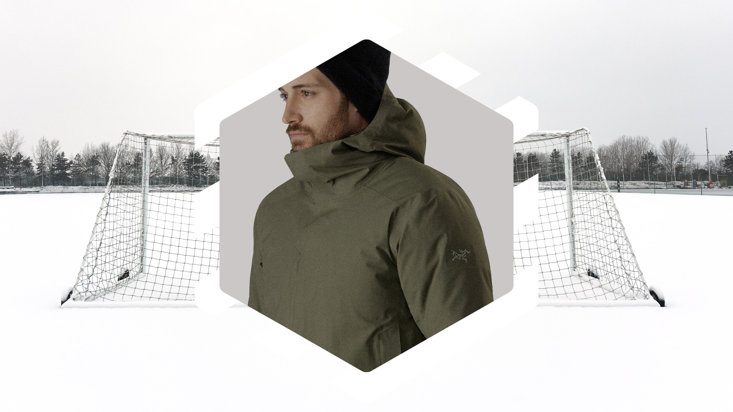
Here Johnny gives us the lowdown on the best around...
Top of the range for cosy, protection
The Arc’ teryx Thorsen - £720
“We’ve been supplying Canadian brand Arc’teryx for over 15 years. They use the very best materials possible - Gore Tex outer, down inner, waterproof, windproof, really nice insulated hood and there’s an extra little panel to keep your neck warm.”
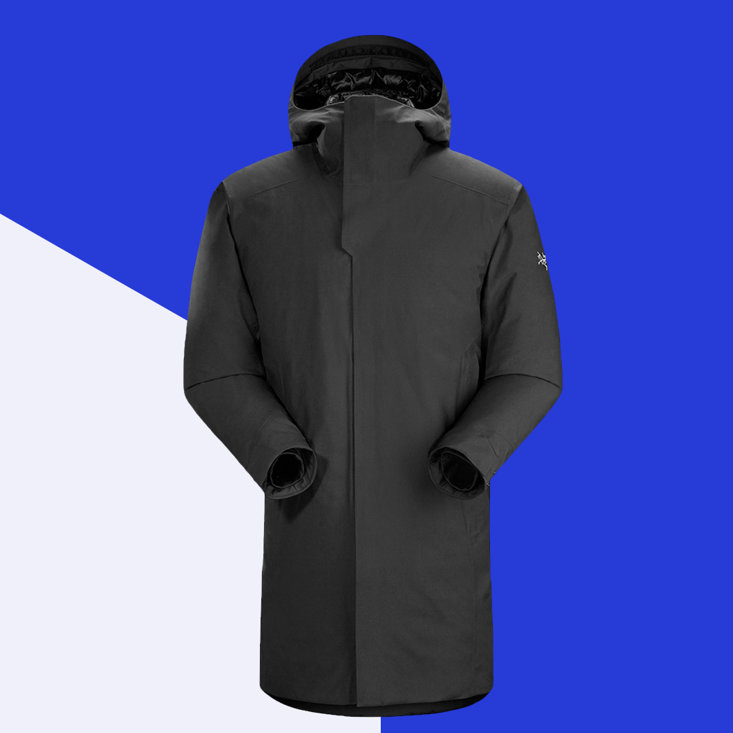
Good looking and well made
The North Face Men’s Mountain Murdo GTX Jacket - £550
“The Murdo Khaki Premium version of their traditional parka - detachable faux fur hood. Very nice longer length, warm parka if you’re watching the rugby.”
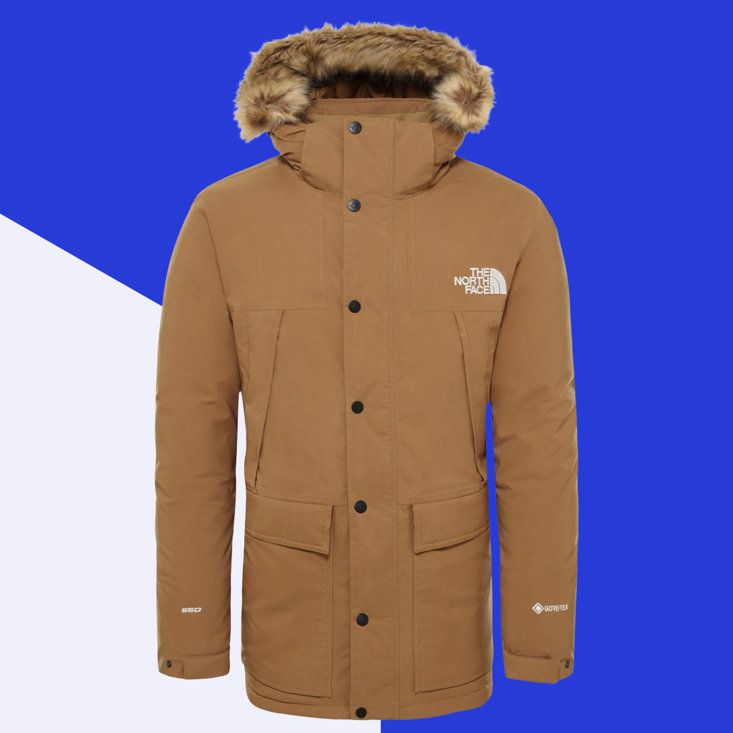
The workhorse
Rab Resolution - £440
“They’re known for their great down products. This waterproof beefed up using the best of all their tech. Designed to eliminate cold spots. Good for the hillside but I don’t live too far from Twickenham and see many of them around there.”
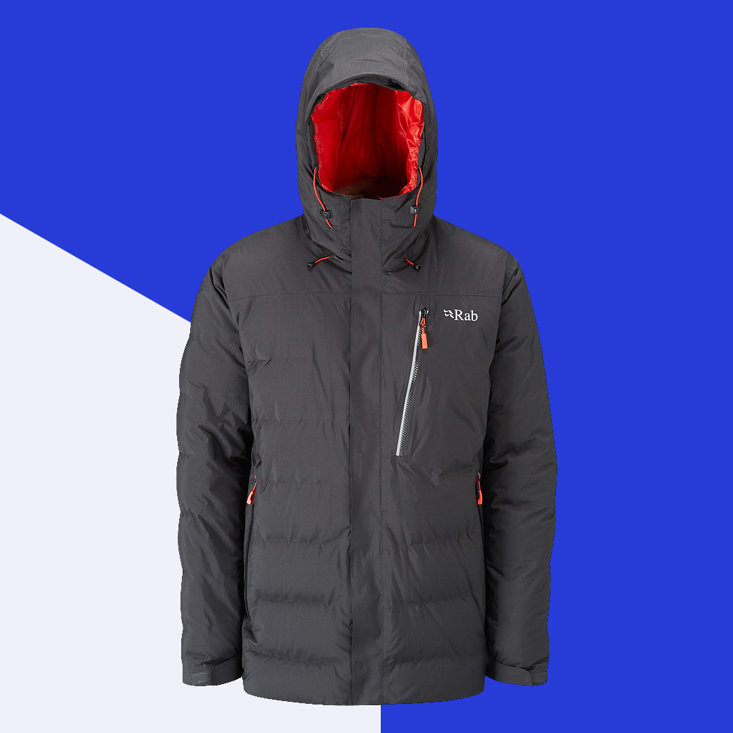
Recycled materials (and excellent)
Patagonia Lone Mountain Parka khaki - £270
“I’ve got one myself. Made with recyclable materials. More like a Carhart-style canvass feel to the outer layer.”
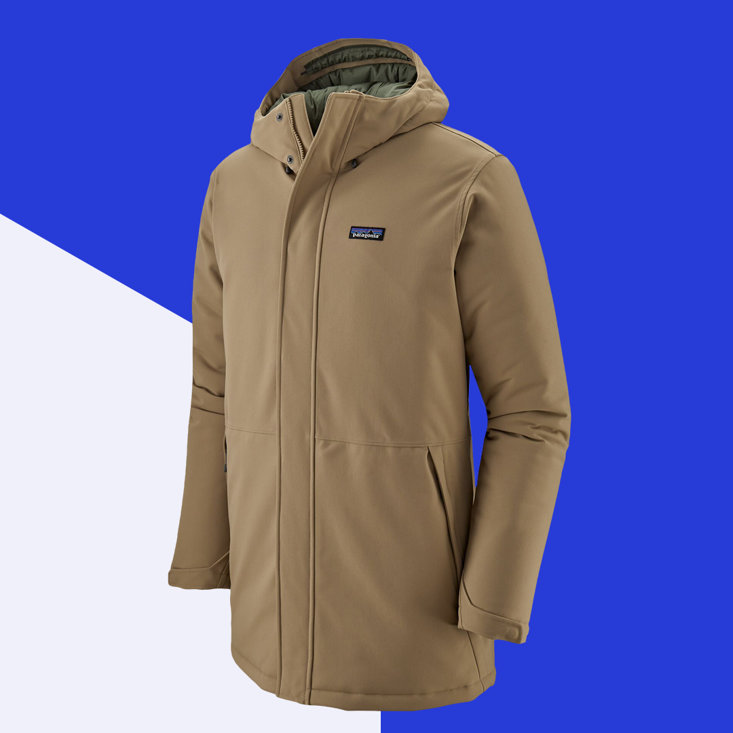
HAD to be a brilliant North Face
The North Face Stretch Down Hoodie - £235
“Worth coming in and feeling the stretch fit. An update of their classic from the 90s.”
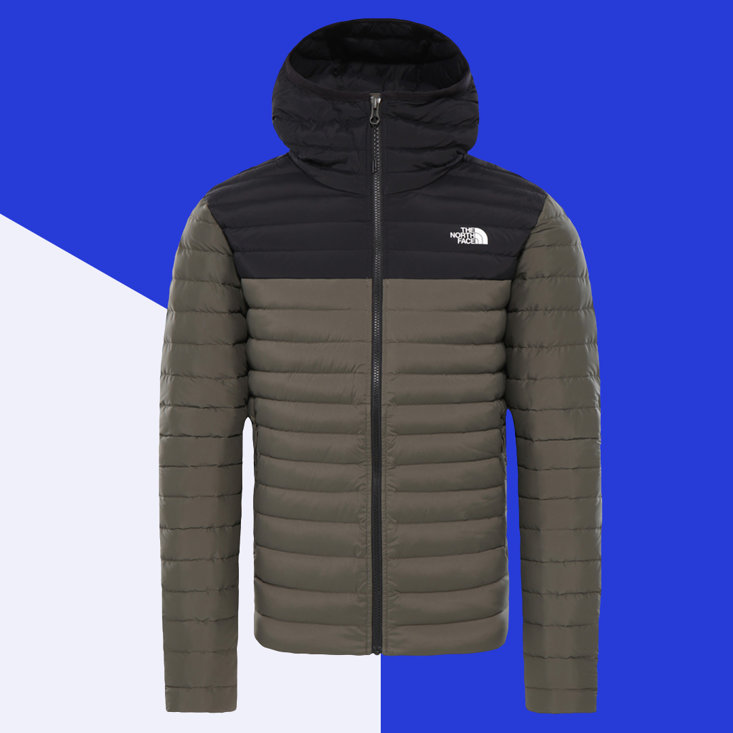
The very popular one
Rab Men’s Microlight Alpine - £190
“A fantastic fit, big seller for us. 750 fill goose down, hydrophobic filler.”
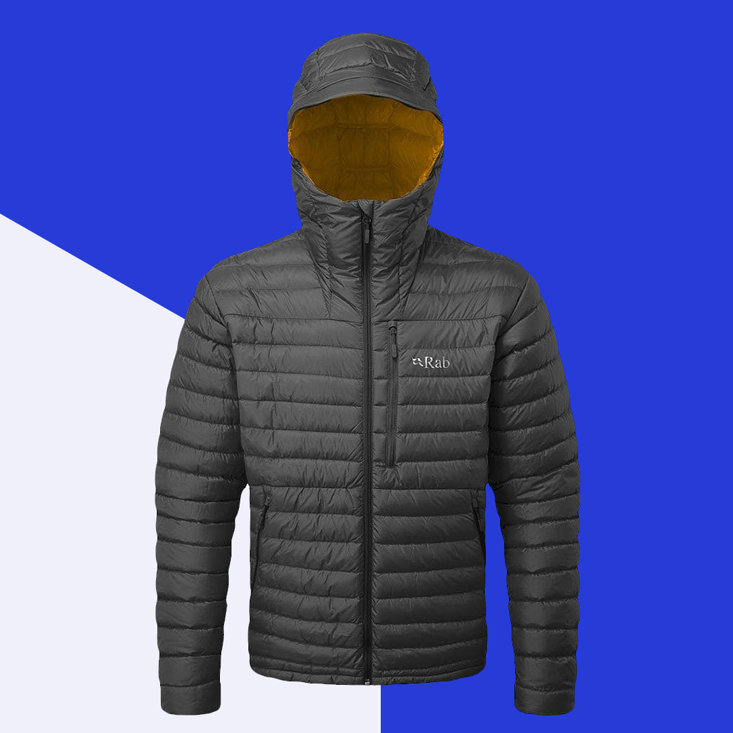
The real secret to Staying Warm
Think about your layers – what’s next to your skin - your thermals, then a mid-layer before considering the jacket. Then it’s all about extremities – socks, gloves, scarf and hat, all this need be thought about and in place before you can stand around in sub-zero temperatures in comfort.